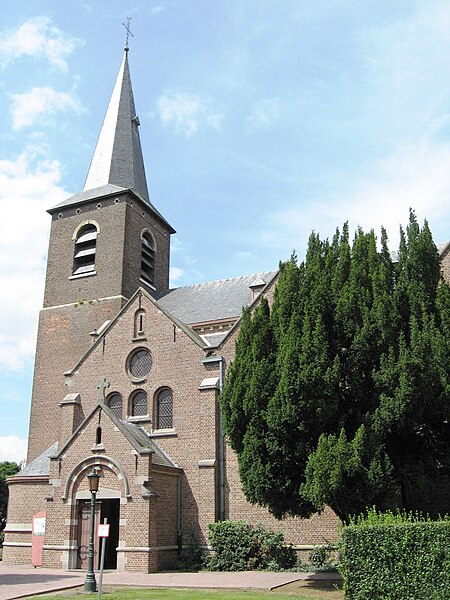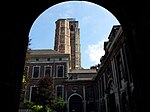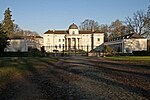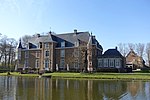Nieuwerkerken
Belgian Limburg geography stubsMunicipalities of Limburg (Belgium)Pages with Dutch IPA

Nieuwerkerken (Dutch pronunciation: [ˈniʋərˌkɛrkə(n)]; Limburgish: Noërekirke) is a municipality located in the Belgian province of Limburg near Hasselt. On January 1, 2006, Nieuwerkerken had a total population of 6,606. The total area is 22.46 km² which gives a population density of 294 inhabitants per km². It consists of 4 villages: Binderveld, Wijer, Kozen and Nieuwerkerken. The current mayor is Dries Deferm (CD&V - Christian Democrats). The municipality consists of the following sub-municipalities: Binderveld, Kozen, Nieuwerkerken proper, and Wijer. The village of Wijer was the location for the first series of the television show De Werf (VTM).
Excerpt from the Wikipedia article Nieuwerkerken (License: CC BY-SA 3.0, Authors, Images).Nieuwerkerken
Tijlozenstraat,
Geographical coordinates (GPS) Address Nearby Places Show on map
Geographical coordinates (GPS)
| Latitude | Longitude |
|---|---|
| N 50.866666666667 ° | E 5.2 ° |
Address
Tijlozenstraat 20
3850 (Nieuwerkerken)
Limburg, Belgium
Open on Google Maps










